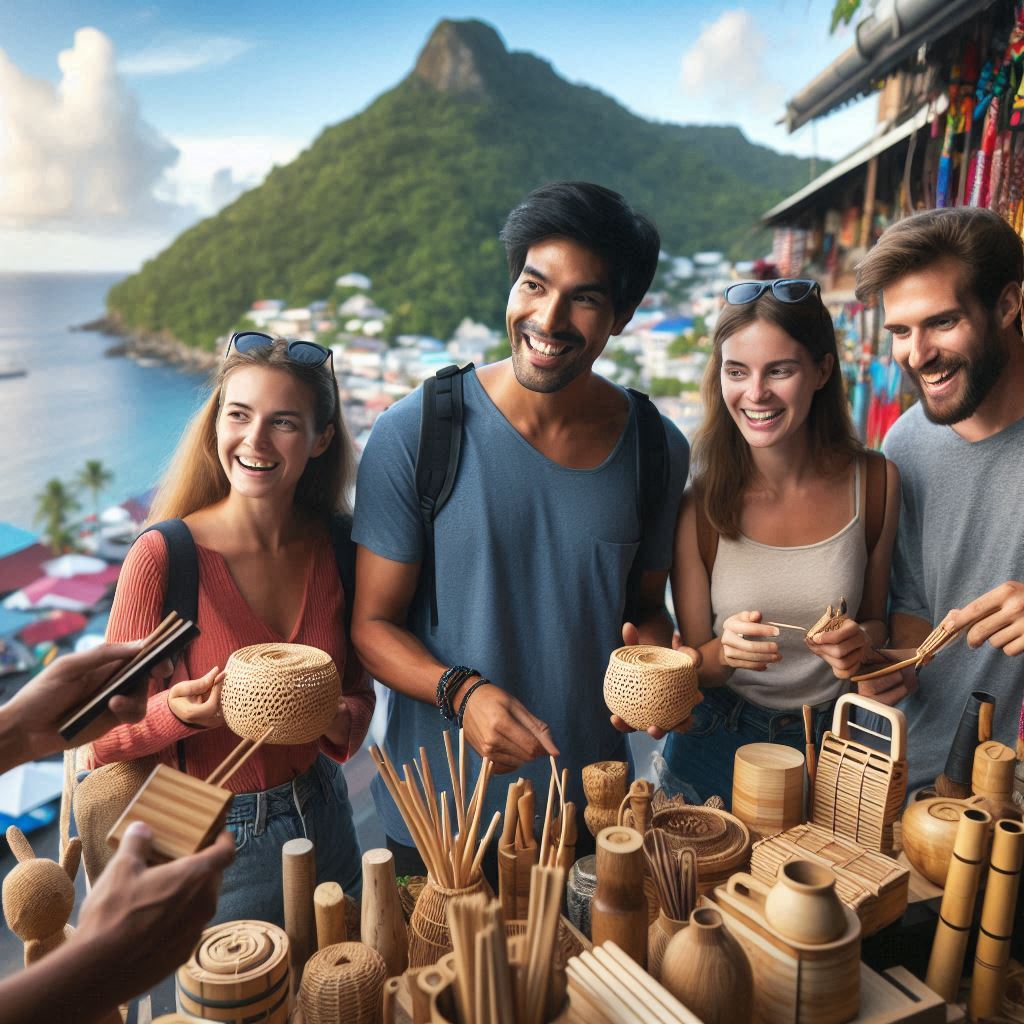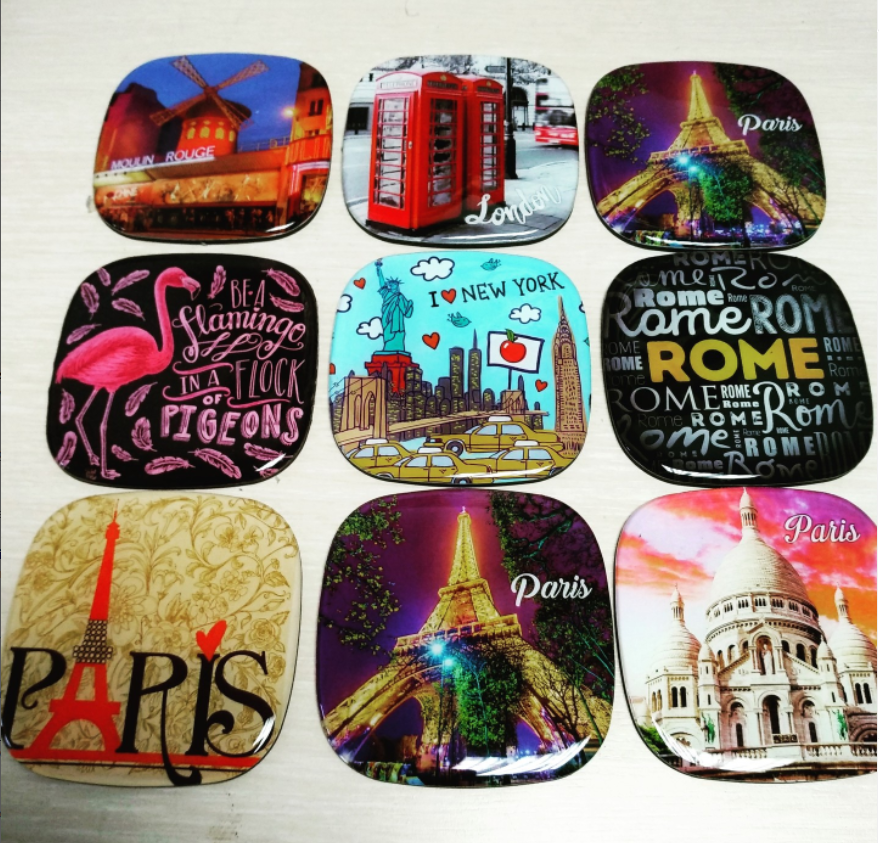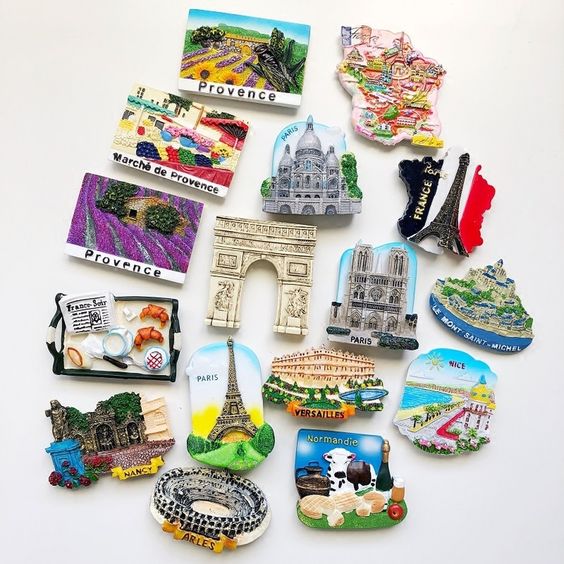Summary: As travelers grow more mindful of their environmental impact, sustainable souvenirs have surged in popularity. 85% of consumers report feeling the effects of climate change and are willing to pay an average 9.7% premium for sustainably produced goods. From recycled plastics and biodegradable materials to reclaimed wood, these eco‑friendly products not only reduce carbon footprints but also command higher profit margins. This guide examines the drivers behind this shift, key materials and practices, data‑driven comparisons, real‑world case studies, and best practices for green souvenir manufacturing.
Understanding the Shift to Sustainable Souvenirs

Modern travelers—particularly Millennials and Gen Z—demand products that align with their eco‑conscious consumer values. A PwC survey of over 20,000 respondents found 85% experiencing climate change firsthand and willing to pay 9.7% more for sustainable goods. Meanwhile, NielsenIQ reports 78% of U.S. consumers consider sustainability a purchase priority, with 60% paying extra for sustainable packaging. These trends highlight the importance of ethical souvenir production in staying competitive.
Key Sustainable Materials in Souvenir Production

Recycled and Upcycled Plastics
By transforming ocean plastics into vibrant recycled souvenir products—such as magnets and keychains—brands both divert waste and create durable keepsakes. Advances in recycled plastic composites match the quality of virgin materials without the environmental cost.
Biodegradable Materials (Wheat Straw, Bamboo)
Renewable fibers like wheat straw and bamboo are fully biodegradable materials that decompose naturally. For example, dinnerware made from rice husk and wheat straw returns to soil within months, greatly reducing landfill impact.
Reclaimed Wood and Natural Fibers
Reclaimed wood keychains and textiles from hemp or jute offer rustic charm and support sustainable forestry. Local artisans often use byproducts—like sawmill offcuts—minimizing transport emissions while creating authentic, eco‑friendly souvenirs.
Benefits of Eco‑Friendly Souvenirs for Retailers and Buyers

Enhanced Brand Reputation
Brands showcasing green supply chain practices and sustainable packaging earn higher consumer trust, driving repeat business and positive referrals.
Compliance and Market Access
Many destinations now restrict single‑use plastics, making eco‑friendly souvenirs essential for compliance and access to premium retailers in Europe and North America.
Price Premium and Profitability
Although sustainable souvenirs may cost ~15% more to produce, consumers are willing to pay a 20–30% premium—boosting overall profitability.
Data‑Driven Insights: Comparing Sustainable vs. Conventional Souvenirs
| Metric | Conventional | Sustainable | Change |
|---|---|---|---|
| Carbon Footprint (kg CO₂/unit) | 4.2 | 1.6 | −62% |
| Production Cost (USD/unit) | 2.00 | 2.30 | +15% |
| Willingness to Pay Premium | 0% | 30% | +30 pp |
| Recyclability | 20% | 95% | +75 pp |
Case Studies: Successful Sustainable Souvenir Initiatives

Iridanaturals: Biodegradable Dinnerware
Iridanaturals leverages wheat straw and rice husk to produce fully biodegradable dinner sets, appealing to eco‑travelers and reducing plastic waste.
TriplePundit’s Holiday Guide
During peak seasons, 60% of gift buyers prioritize sustainability, driving rapid growth in sustainable souvenir lines, per TriplePundit.
Ambiente 2024 Trend Report
At Ambiente 2024, bamboo and seeded‑paper souvenirs dominated, underscoring the industry pivot to green souvenir manufacturing.
Implementing Sustainability: Best Practices for Souvenir Manufacturers

Material Sourcing and Certification
Partner with FSC‑certified and GOTS‑certified suppliers to guarantee responsibly sourced sustainable materials and ethical souvenir production.
Waste Reduction and Circular Design
Adopt circular economy principles—design for easy disassembly, minimize packaging, and launch take‑back programs for refurbishment or recycling.
Sustainable Packaging Solutions
Use recycled paper, compostable films, or reusable cloth bags to enhance unboxing experiences and reduce landfill impact.
Challenges in Sustainable Souvenir Production
Cost and Supply Chain Complexities
Initial investments in eco‑materials and certifications can strain budgets. Cultivating long‑term supplier partnerships stabilizes costs.
Consumer Education and Perception
Many buyers remain unaware of environmental impacts. Use clear labels—e.g., “95% recycled glass”—and storytelling around responsible tourism products to close the gap.
Regulatory Compliance
Navigate plastic bans, chemical standards, and import rules with dedicated legal and quality teams to maintain global compliance.
Future Trends: The Next Frontier in Sustainable Souvenirs
QR‑Enabled Carbon Footprint Labels
Embed QR codes on products so customers can scan and view detailed carbon footprint data, building transparency and trust.
Local Artisanal Collaborations
Partner with local artisans to reduce shipping emissions and support communities—yielding truly authentic, environmental impact‑positive souvenirs.
Circular Economy Models
Develop returnable souvenir lines where customers send items back for refurbishment or recycling, closing the product lifecycle loop.
Conclusion
The rise of sustainable souvenirs is driven by eco‑conscious travelers willing to pay premiums and support brands aligned with their values. By embracing recycled souvenir products, biodegradable materials, and sustainable packaging, manufacturers can capture this growing market, comply with regulations, and strengthen brand loyalty. Integrating sustainability at every stage—from sourcing through end‑of‑life—ensures long‑term growth and positive environmental impact.
- Crafting Your Brand’s Identity: The Power of Private Label & Custom Souvenirs - November 12, 2025
- Resin vs Ceramic for Bulk Souvenirs: A B2B Comparison of Cost, Durability, and Shipping Weight - November 5, 2025
- Strategic Content Roadmap: Positioning CraftMGF.com as the Global Authority in Custom Souvenir Sourcing - October 30, 2025




